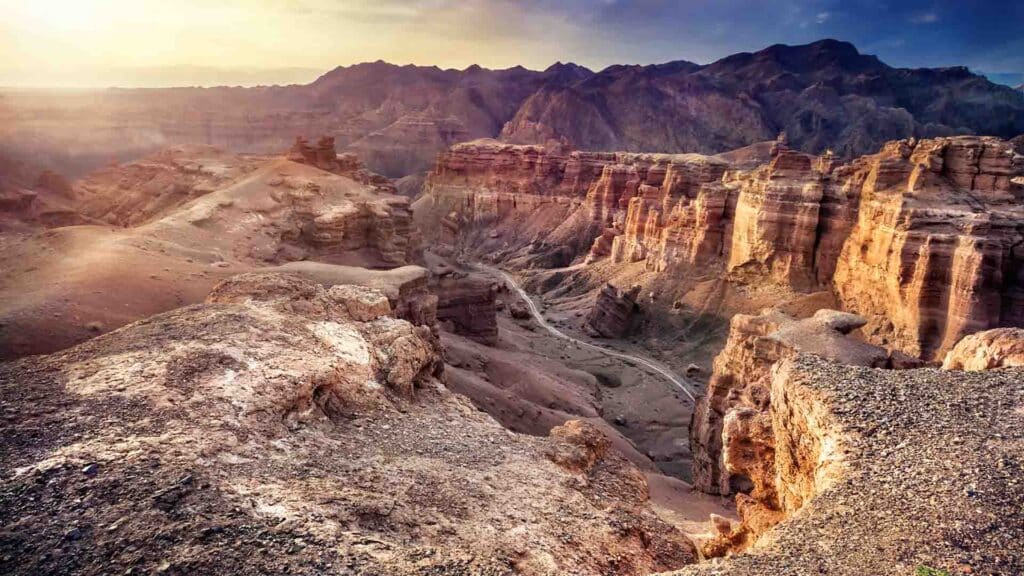Why tourism in Kazakhstan can be surprisingly costly

A trip to Charyn — a unique canyon near Almaty — feels like a short journey to Mars, thanks to its stunning and otherworldly landscape. It’s not that far from Almaty and a day trip without an overnight stay might not seem expensive. However, the price can rival that of a night in a luxury hotel. This is just one example of why many Kazakhstanis and foreign tourists are so surprised by how expensive tourism in Kazakhstan can be.
Daniyel Serzhanuly, vice chairman of Kazakh Tourism, calls things by their proper names: it is not just about overcharging driven by motives of gain but an objective market reality shaped by logistics and the country’s infrastructure.
Logistics cost more than it seems
Kazakhstan is a country of enormous distances. Key tourist attractions are often located hundreds of kilometers apart. Infrastructure, especially in remote locations, is in its development stage. As a result, logistics — including the delivery of food products, fuel, building materials and equipment — are more expensive compared to elsewhere. All of this adds to the final cost of services.
Seasonality and low occupancy
Many natural landmarks are accessible only three to four months a year. For the rest of the year, there are no tourists, although staffing, equipment and rent costs remain. So, businesses have to compensate for the seasonal slack during the peak, which drives up prices.
Lack of competition and scale
According to Serzhanuly, the domestic tourism market in Kazakhstan has not yet achieved a scale large enough for competition and tourist flow to make services widespread and affordable. What we have today is essentially an «artisanal» tourism sector: small tourist camps, private guides and unique routes. Like in any craft, handcrafted services usually cost more.
Personnel, service and investment
To maintain a high level of service quality, personnel training and investment in accommodations, safety and entertainment are required. Many regional projects still struggle with all of these. However, if standards are lowered, tourists simply won’t return. The situation drives market players to look for a balance between quality and price, often in the face of limited resources.
Solutions are underway
Kazakh Tourism acknowledges the problem and is working to address it. One step is the development of infrastructure clusters, which will help reduce costs and make logistics cheaper. Programs supporting startups, personnel training and the attraction of private investment are underway in parallel.
There will be no cheap tourism in Kazakhstan — and that’s normal, sector representatives believe. However, it can become affordable when properly scaled. And that is the current goal of the country’s tourism strategy.

